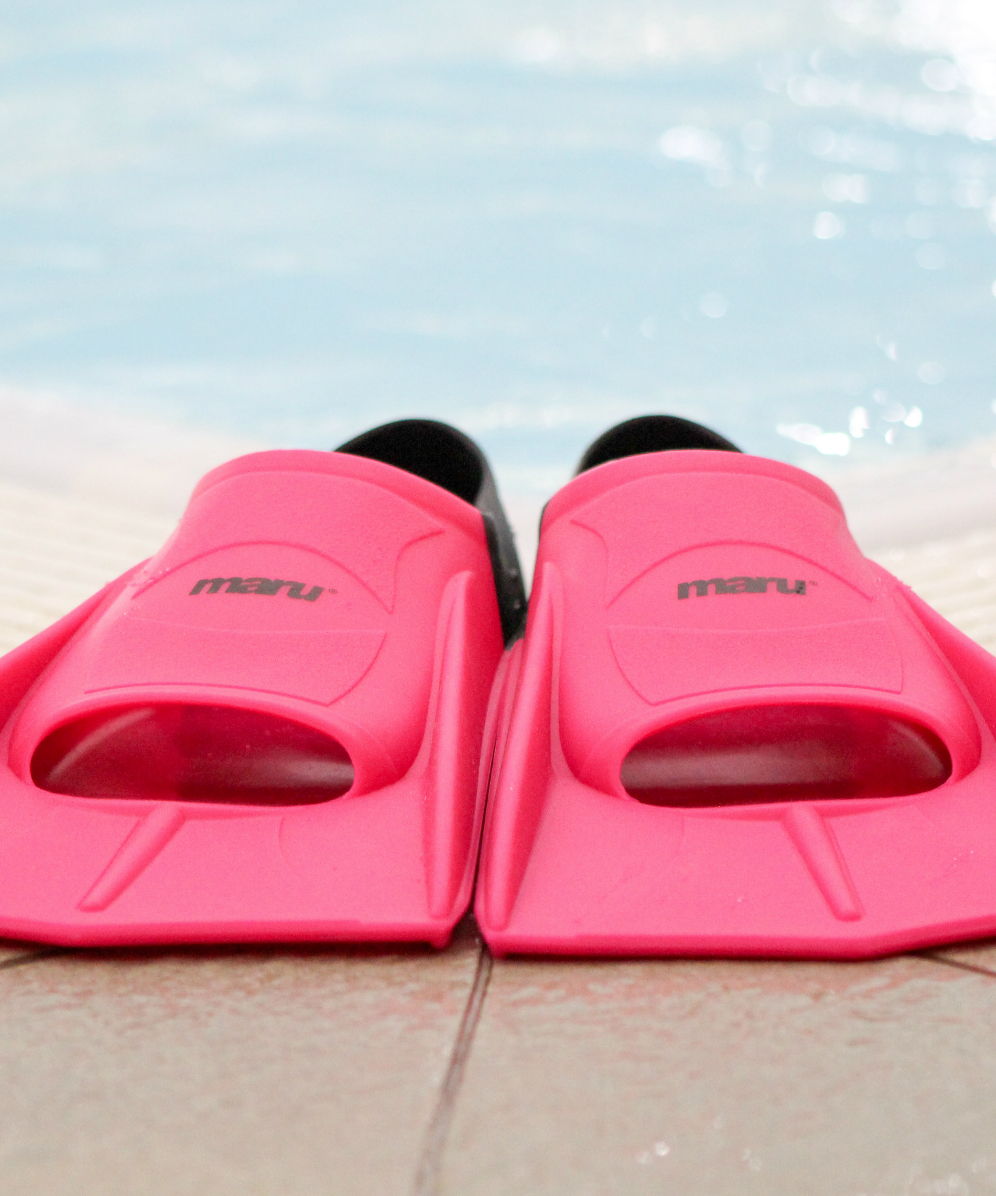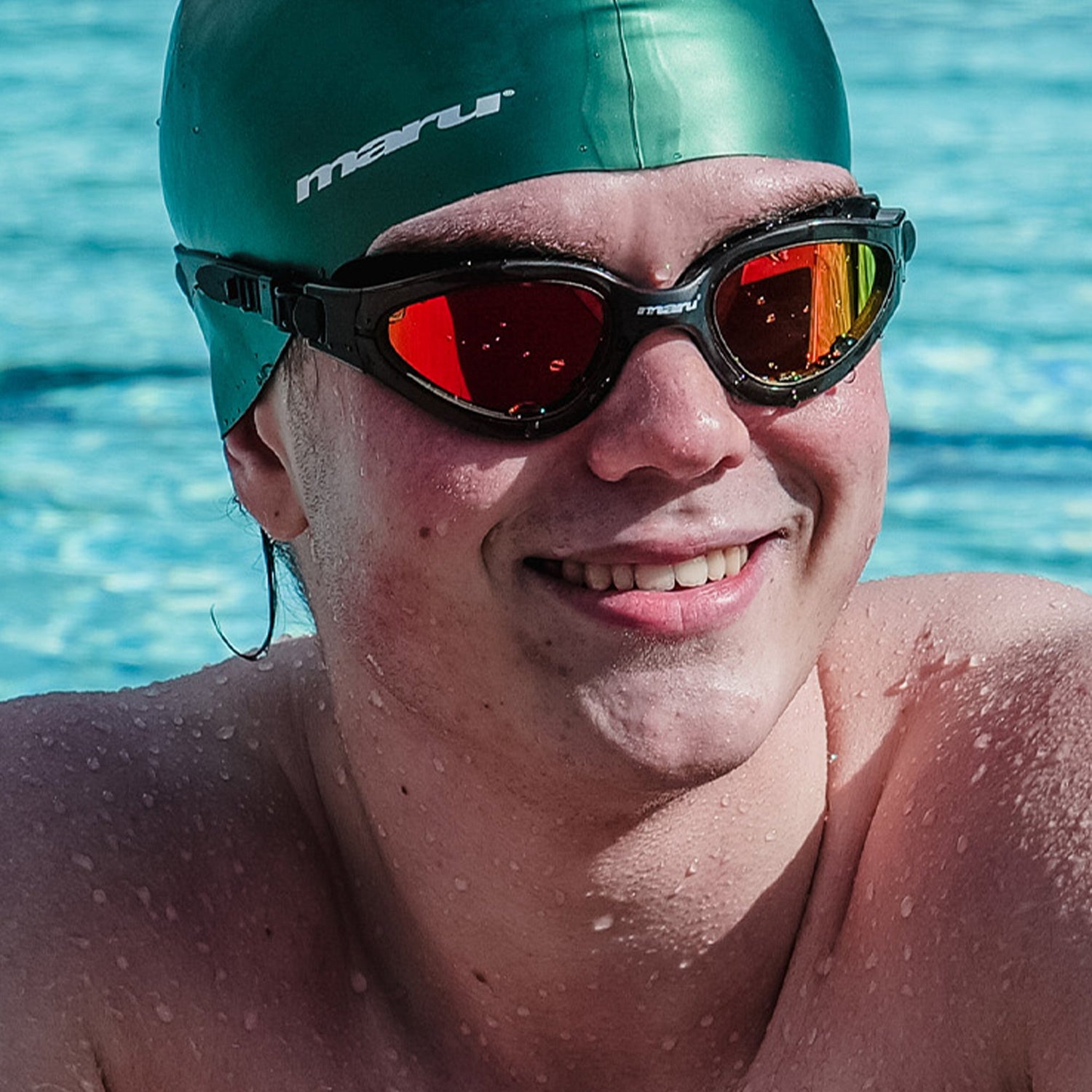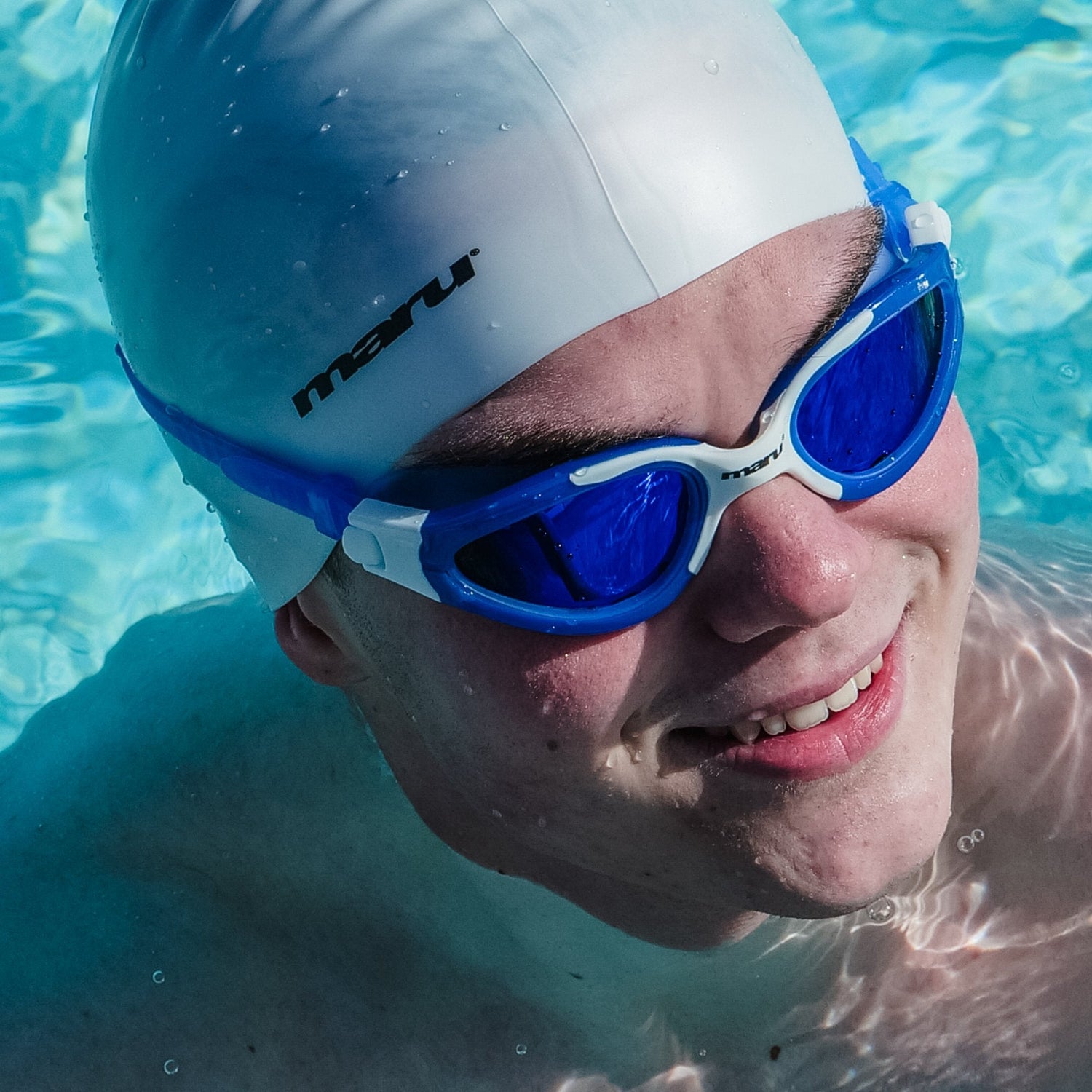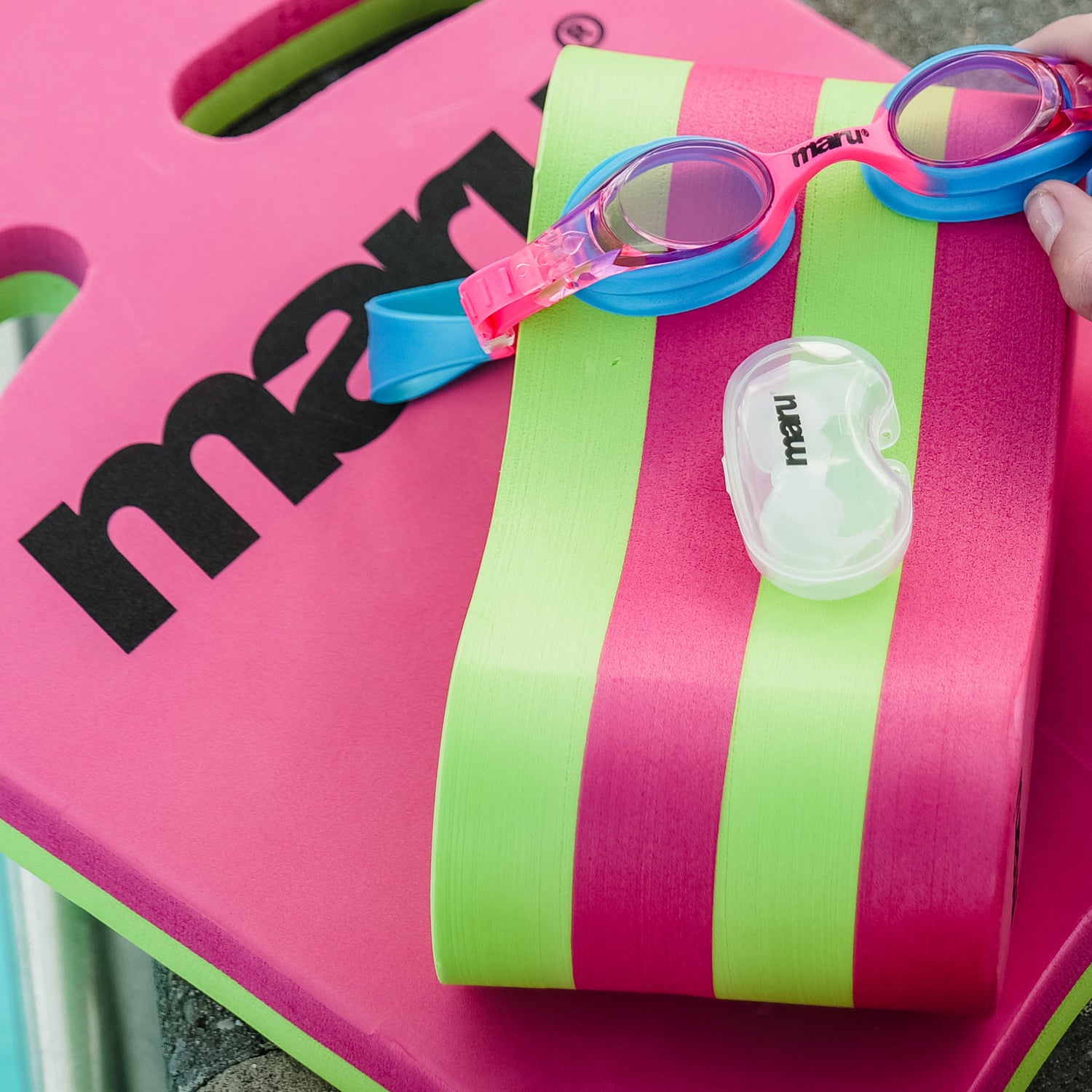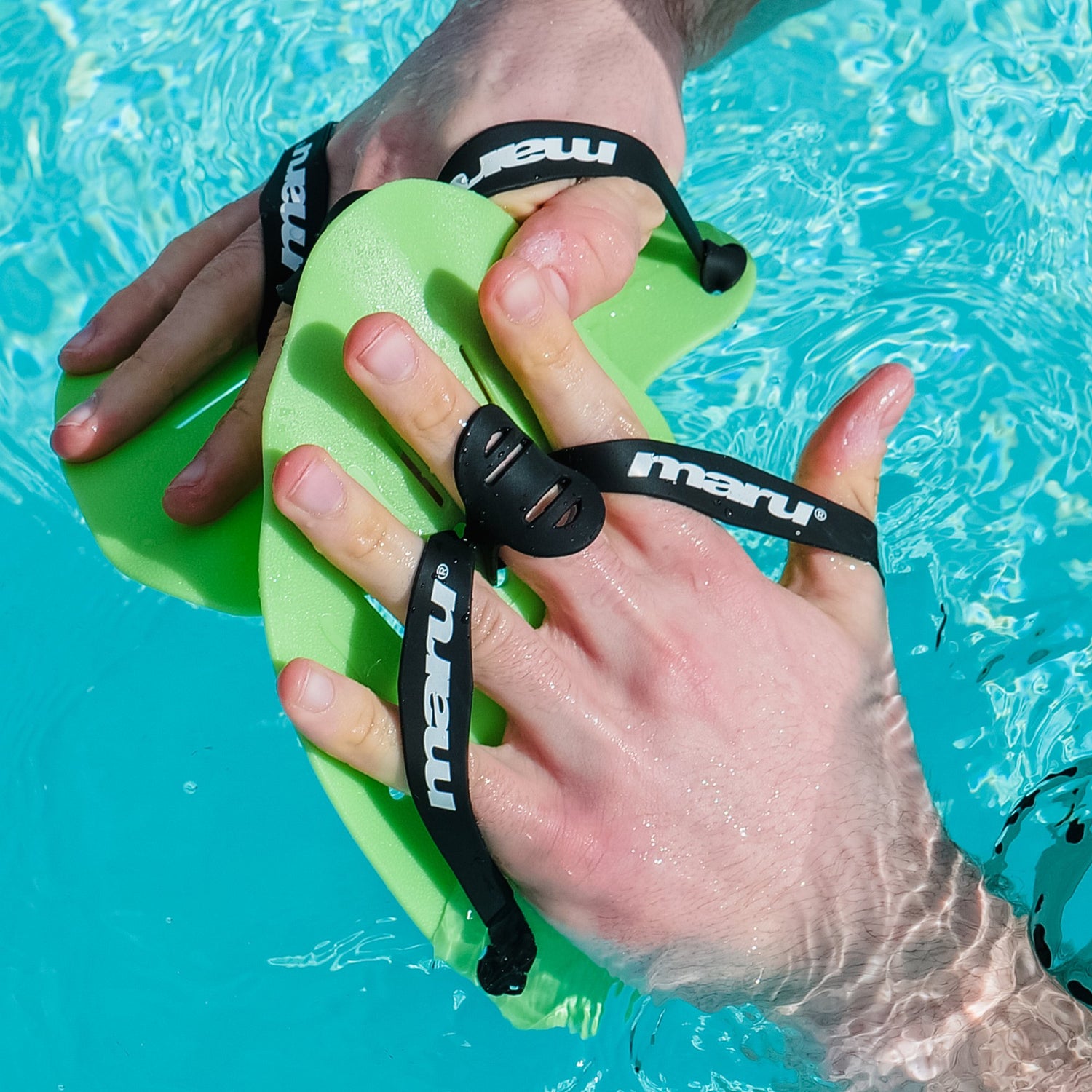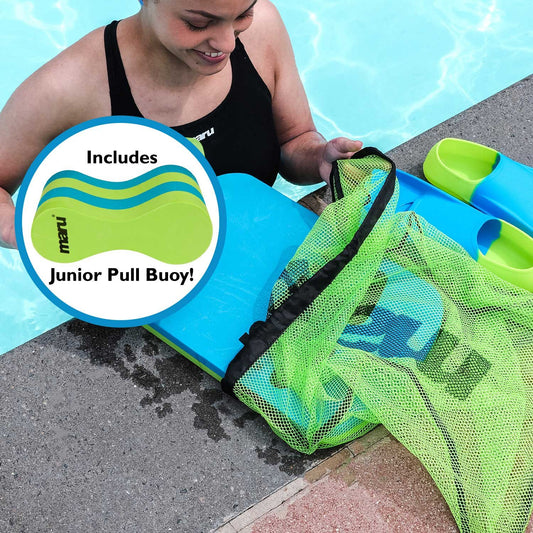
Swimming Ear Plugs: A UK Swim Coach's Guide to Protecting Young Swimmers
Share
After two decades of coaching swimmers across the UK, I've witnessed firsthand how ear-related issues can sideline promising young athletes and dampen their enthusiasm for the sport. From the chlorinated pools of local leisure centres to the competitive environment of national championships, protecting swimmers' ears has become an increasingly important aspect of my coaching philosophy.
The Reality of Pool Water and Ear Health
British swimming pools, whilst maintaining excellent safety standards, present unique challenges for young swimmers' ear health. The combination of chlorinated water, varying pH levels, and the damp environment of indoor pools creates conditions that can lead to swimmer's ear, infections, and long-term hearing issues.
Swimmer's ear, medically known as otitis externa, is remarkably common among regular swimmers. The condition occurs when water remains trapped in the ear canal, creating an ideal breeding ground for bacteria and fungi. Young swimmers, with their developing ear canals and often less-than-perfect post-swim hygiene routines, are particularly susceptible.
Understanding the Risks
The most immediate concern for young swimmers is acute swimmer's ear, which can cause significant pain, itching, and temporary hearing loss. I've seen promising swimmers miss weeks of training due to ear infections that could have been prevented with proper ear protection.
More concerning are the long-term implications. Repeated exposure to chlorinated water can lead to chronic inflammation of the ear canal, potentially resulting in permanent hearing damage. The constant wet environment can also break down the ear's natural protective barriers, making swimmers more susceptible to future infections.
For competitive swimmers who train multiple times per week, the risk compounds significantly. The repetitive exposure to pool water, combined with the pressure changes experienced during diving and flip turns, creates an environment where ear problems can become chronic issues.
The Benefits of Quality Ear Plugs
Properly fitted ear plugs create a watertight seal that prevents pool water from entering the ear canal. This simple barrier dramatically reduces the risk of swimmer's ear and other water-related ear conditions. For young swimmers, this protection can mean the difference between consistent training and frustrating interruptions due to ear problems.
Beyond infection prevention, ear plugs can improve comfort during training. Many swimmers report that they can focus better on technique when they're not constantly worried about water entering their ears. This is particularly beneficial for nervous swimmers or those learning new skills like flip turns or starts.
Ear plugs also help maintain body temperature during longer training sessions. The ears are a significant source of heat loss, and keeping them dry can help swimmers stay warmer in cooler pool environments – a common concern in many UK facilities.
Choosing the Right Ear Plugs
Not all ear plugs are created equal, and selecting the right type is crucial for both protection and comfort. Silicone ear plugs, like those offered by quality swimming equipment suppliers, provide excellent waterproofing whilst remaining comfortable for extended wear.
The key characteristics to look for include a secure but comfortable fit, complete water resistance, and materials that won't irritate sensitive skin. Quality ear plugs should stay in place during vigorous swimming activities, including starts, turns, and sprint training.
For young swimmers, comfort is paramount. Ear plugs that cause discomfort or pressure will likely be removed during training, defeating their protective purpose. Look for plugs that can be moulded to fit individual ear shapes, ensuring both comfort and effectiveness.
Proper Fitting and Usage
Achieving the correct fit is essential for ear plug effectiveness. The plugs should create a complete seal without causing discomfort or pressure. For young swimmers, parents and coaches should initially supervise the fitting process to ensure proper technique.
The ear plugs should be inserted gently, allowing the material to conform to the ear canal's shape. They should feel secure but not painful, and swimmers should be able to hear muffled sounds, indicating that the seal is working without being excessive.
Regular inspection of ear plugs is important, as damaged or worn plugs may not provide adequate protection. Quality ear plugs should maintain their shape and effectiveness over multiple uses, making them a cost-effective investment in swimmer health.
Training Considerations
From a coaching perspective, ear plugs can initially affect a swimmer's spatial awareness and ability to hear instructions. Young swimmers may need time to adjust to the sensation and slight hearing reduction. I recommend introducing ear plugs gradually, starting with shorter training sessions and building up to full workouts.
Communication becomes particularly important when swimmers are using ear plugs. Visual cues and demonstrations may need to be more prominent, and coaches should ensure swimmers can still hear safety instructions clearly.
Some swimmers worry that ear plugs will affect their performance, but in my experience, any initial adjustment period is quickly overcome. The benefits of consistent, infection-free training far outweigh any minor temporary inconvenience.
Beyond Basic Protection
Quality ear plugs offer benefits beyond simple water exclusion. They can help swimmers maintain focus during training by reducing distracting sounds from the pool environment. This can be particularly beneficial during technique work or when learning new skills.
For swimmers who train in outdoor pools or open water, ear plugs provide additional protection against cold water and wind, helping maintain ear health in challenging conditions that are common in UK swimming environments.
Building Healthy Habits
Introducing ear plugs as part of a comprehensive ear care routine helps young swimmers develop good habits that will serve them throughout their swimming career. This includes proper insertion and removal techniques, regular cleaning of the ear plugs, and awareness of when to seek medical attention for ear problems.
Teaching swimmers to recognise the early signs of ear issues, such as itching, pain, or unusual discharge, empowers them to take preventive action before problems become serious. Ear plugs are most effective when used consistently, not just when problems arise.
The Investment in Long-Term Health
Quality ear plugs represent a small investment compared to the potential costs of treating chronic ear problems or the impact of missed training due to infections. For families committed to their child's swimming development, ear plugs are essential protective equipment, not optional accessories.
The peace of mind that comes from knowing your young swimmer is protected allows both parents and athletes to focus on skill development and enjoyment rather than worrying about potential health issues.
Making the Right Choice
When selecting ear plugs for young swimmers, prioritise quality, comfort, and proven effectiveness. Look for products specifically designed for swimming (like MARU's made from high-grade silicone), with materials that can withstand regular exposure to chlorinated water and provide reliable protection.
Consider the specific needs of your swimmer, those training multiple times per week require more robust protection than occasional recreational swimmers. However, even occasional swimmers benefit from ear protection, particularly in busy public pools where water quality can vary.
The Coach's Recommendation
As a coach who has seen too many promising swimmers sidelined by preventable ear problems, I strongly recommend quality ear plugs as essential equipment for any young swimmer. The protection they provide, combined with the confidence and comfort they offer, makes them an invaluable investment in your child's swimming journey.
Don't wait for problems to arise, prevention is always better than treatment. Equip your young swimmer with quality ear plugs and establish their use as a normal part of the swimming routine. Your swimmer's ears, and their long-term enjoyment of the sport, will thank you for this simple but crucial protection.

